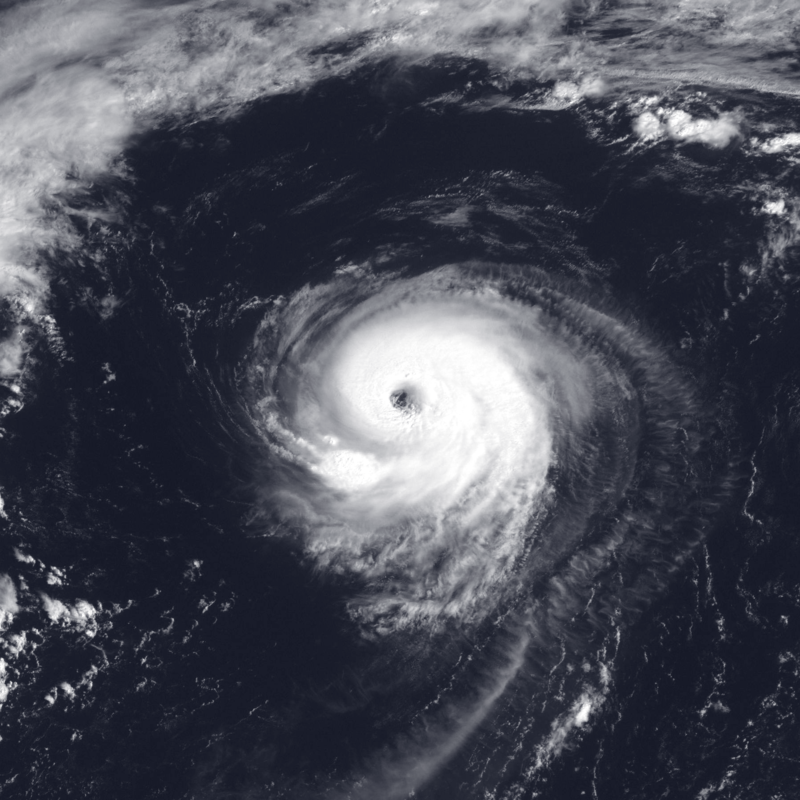This research article explores the remarkable journey of Hurricane Alberto 2000, which holds the distinction of being the farthest-traveling tropical cyclone on record in the Atlantic Ocean. The storm, the third tropical cyclone, first named storm, and first hurricane of the 2000 Atlantic hurricane season, originated from a tropical wave near the western coast of Africa on August 3.
Tracking its development and subsequent path, we examine the storm’s intensification, peak intensity, and the factors that influenced its trajectory. Furthermore, we delve into the impacts of Hurricane Alberto on the areas it encountered, including the damage, casualties, and the subsequent cost of recovery and reconstruction. Lastly, we provide recommendations for preparedness measures in the face of future hurricanes with similarities to Hurricane Alberto.
Introduction Hurricane Alberto, originating as a tropical depression, underwent rapid intensification and developed into a tropical storm on August 4. The storm’s west-northwestward track led to its attainment of hurricane status on August 6, with maximum sustained winds reaching 90 mph (140 km/h). After reaching an initial peak, Alberto curved northwestward and encountered increased wind shear, resulting in its weakening to a tropical storm on August 9. Nevertheless, favorable conditions prompted Alberto’s re-strengthening into a hurricane on August 10, culminating in a peak intensity of 125 mph (201 km/h) on August 12.
Impact on Affected Areas 2.1 Pre-Landfall Period During its trajectory, Hurricane Alberto 2000 did not directly impact any land areas, but its precursor tropical wave brought light rainfall to Senegal. Despite the absence of significant damage or casualties at this stage, it served as a precursor of the approaching cyclone.
2.2 Landfall and Aftermath As Alberto meandered in the Atlantic, a westerly trough outpaced the storm, causing it to change course southward on August 15, followed by a southwestward movement on August 16, and ultimately to the west on August 17. During this period, the hurricane began to regain strength and was upgraded to a hurricane for the third time on August 18. Alberto’s third peak intensity as a Category 2 hurricane, with winds of 105 mph (169 km/h), was recorded on August 20.
While the storm weakened back to a Category 1 hurricane, it executed an unusually large cyclonic loop spanning approximately 5 degrees latitude and 8 degrees longitude. This intricate path spared inhabited areas from significant destruction, limiting the direct impact on coastal communities. However, it is worth noting that the extratropical transition of Alberto likely produced tropical storm-force winds in Iceland and Jan Mayen.
Response and Recovery Given the limited landfall impact, there were no reported fatalities directly attributed to Hurricane Alberto. However, the storm’s unusual path and the potential threat it posed necessitated preparedness measures in the regions it traversed. As Alberto’s landfall probability diminished, response efforts focused on monitoring and providing timely updates to coastal communities.
Preparedness Recommendations To enhance preparedness for future hurricanes like Alberto, the following measures are recommended:
4.1 Early Warning Systems: Strengthen meteorological monitoring and prediction capabilities to provide accurate and timely information about the storm’s trajectory, intensity, and potential impacts.
4.2 Emergency Planning: Develop robust emergency response plans at the local, regional, and national levels, taking into account evacuation routes, shelters, and supply chains for critical resources.
4.3 Public Awareness: Conduct public education campaigns to increase awareness of hurricane risks, evacuation procedures, and the importance of preparedness kits comprising essential supplies, such as food, water, medications, and first aid items.
Interesting Fact As a direct result of Hurricane Alberto, meteorological research and forecasting capabilities were improved to better understand and predict complex cyclonic loops. Alberto’s unique and intricate path presented an opportunity to refine models and increase the accuracy of future hurricane track forecasts.
In conclusion, Hurricane Alberto’s remarkable journey as the farthest-traveling tropical cyclone in the Atlantic Ocean during the 2000 hurricane season demonstrated the dynamic nature of these powerful storms. Although the storm did not cause significant damage or casualties during its landfall, it served as a reminder of the need for preparedness and effective response strategies in the face of potential hurricane threats.




Leave a Reply